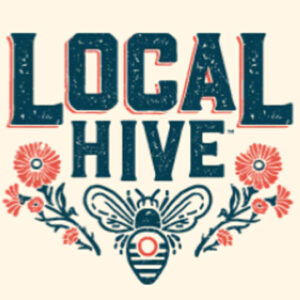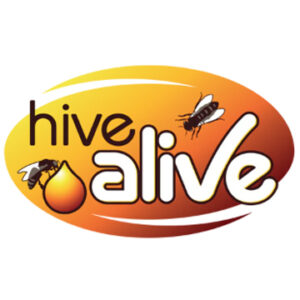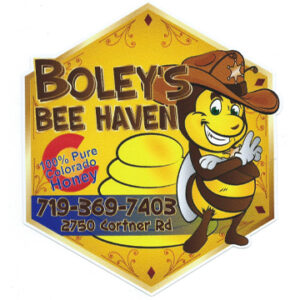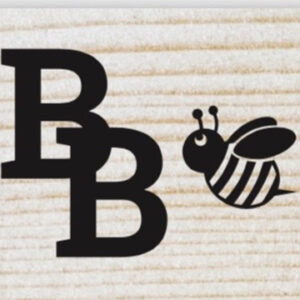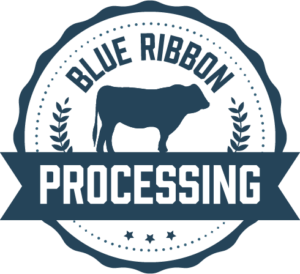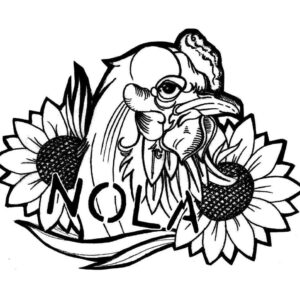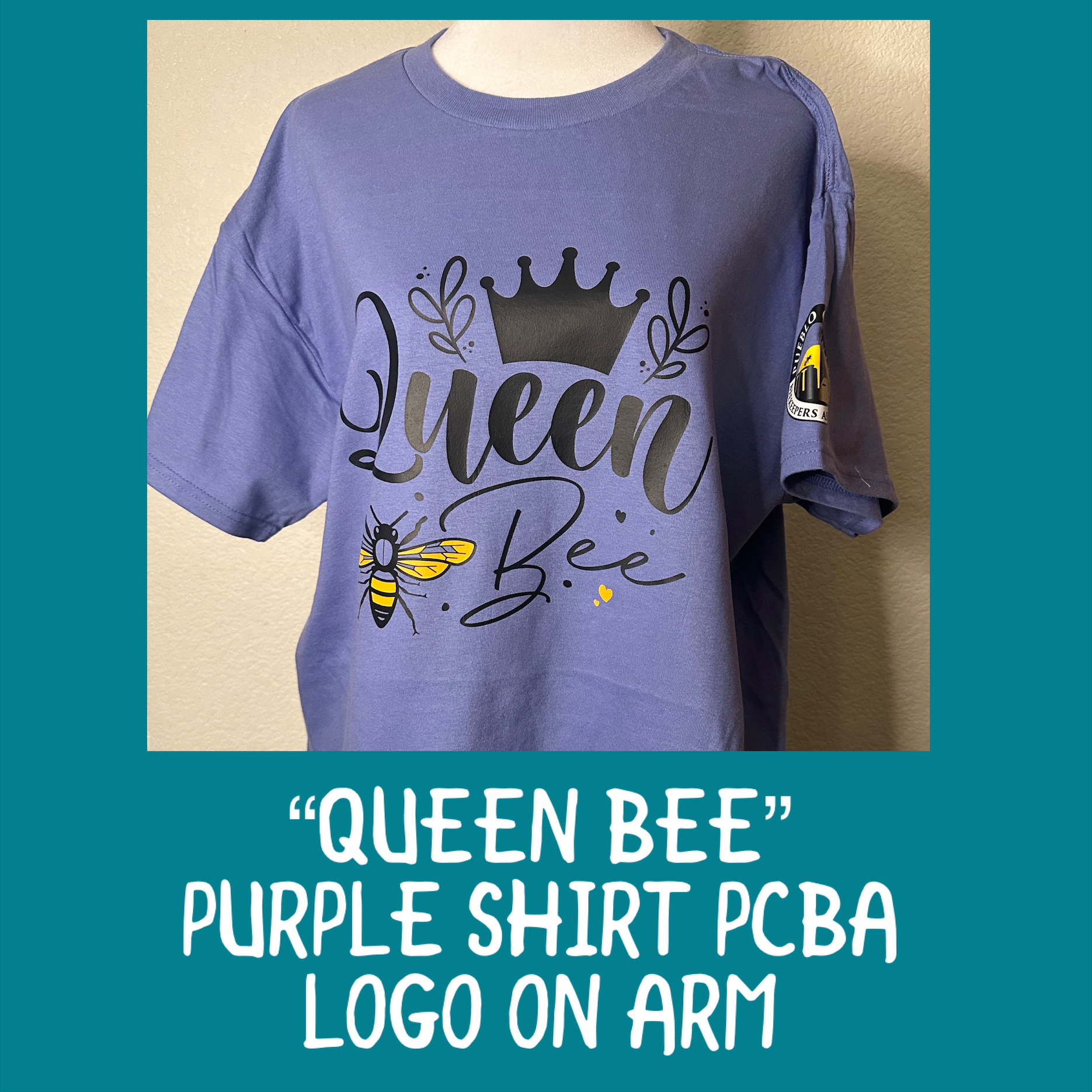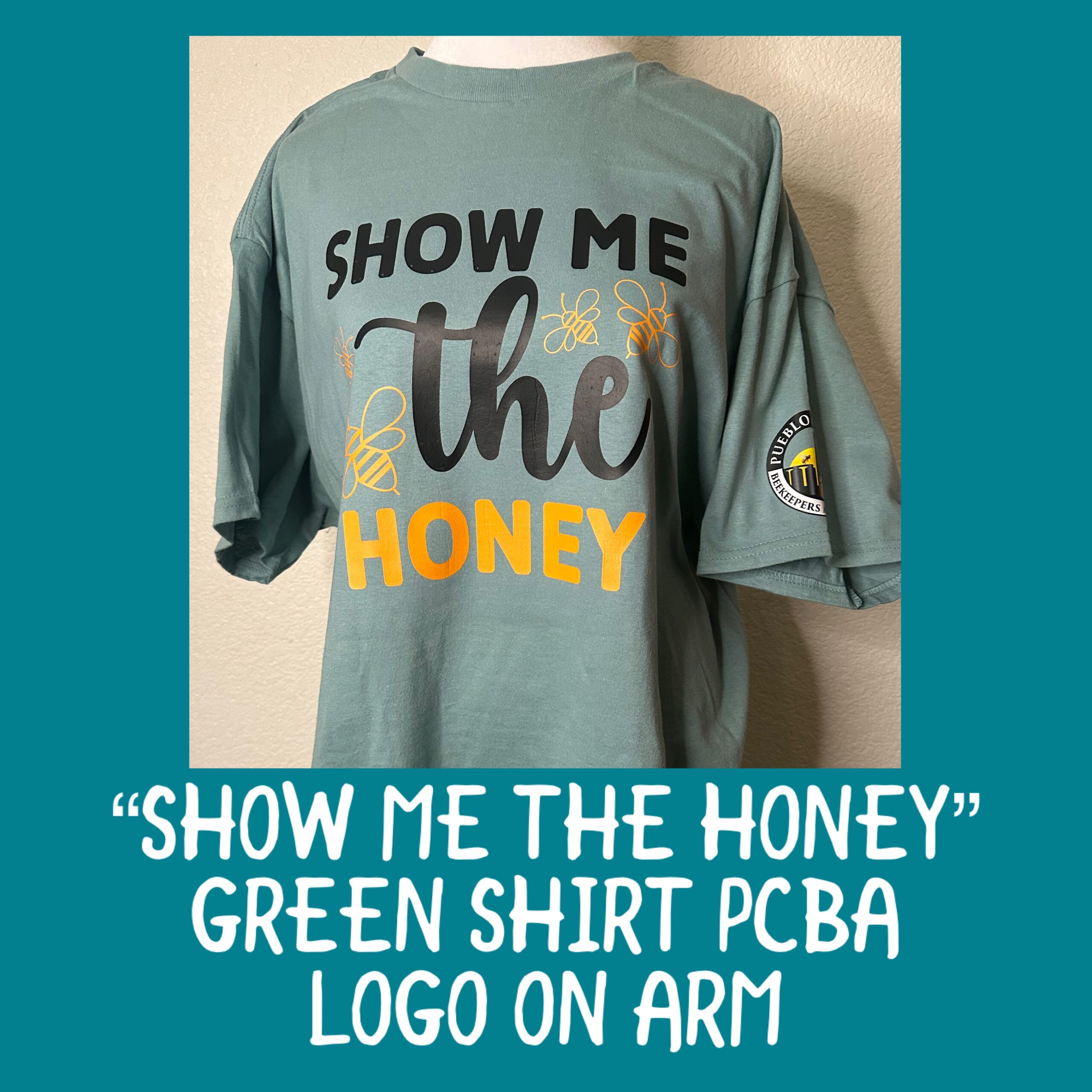PCBA Club Meetings
The Pueblo County Beekeeping Association meets every third Thursday of the month, at 6:30 p.m., at the:
Pueblo County Lamb Branch Library
2525 S Pueblo Blvd
Pueblo, CO 81005
Thursday, January 16, 6:30PM - 8:30PM:
o Elections
o Membership drive
o Presentation: Winter Hive checks
o Q&A
Thursday, February 20, 6:30PM - 8:30PM:
o Discussion of programs, events, and volunteer opportunities
o Speaker event sign-ups
o Presentation: How to handle losing bees, how to keep bees alive
Thursday, March 13, 6:30PM - 8:30PM:
o Pueblo Ag Fest March 18-20th
o Speaker Event March 29th
o Hives for Heroes speaker
o Presentation: Pesticide/Herbicide by Matt Martinez
o Sun, Soil, Water Ag Summit booth March 15th
Thursday, April 17, 6:30PM - 8:30PM:
o Speaker Event overview with follow-up questions
o Presentation: Swarm-catching
o Presentation: Initial Hive
o Presentation: Bee sting management
o Presentation: How to install a package and a nuc
Thursday, May 15, 6:30PM - 8:30PM:
o How to become involved in the Club
o Zoo outreach booth
o Mentor list finalized
o Presentation: grasshoppers management
o Presentation: Splits
o Q&A
Thursday, June 12, 6:30PM - 8:30PM:
o Presentation: Seasonal Management by Rick Martinez
o Presentation: Queens: where to get, how to install
Thursday, July 17, 6:30PM - 8:30PM:
o Presentation: How to do a hive inspection
o Presentation: Mite Treatments by Rick Martinez
o Q&A
August:
o Club Picnic
Thursday, September 18, 6:30PM - 8:30PM:
o Presentation: Honey Extraction
o Presentation: Winterization
Thursday, October 16, 6:30PM - 8:30PM:
o Presentation: Sugar Board Demo
o Presentation: How to market honey basics
o Honey Contest
November:
o No Meeting
December:
o No meeting
Misc Forms:
PCBA Member Education: Beekeeping Classes, Clinics, Workshops, Field Days, Online Resources
NewBee
Mentor Program
This is a program for members of the Pueblo County Beekeepers Association. We are a community of beekeepers. Once you have benefitted from the mentorship program, please consider paying it forward and helping other new beekeepers.
Kristin Balsick, Mentor Program Coordinator,
Email
🐝 Our mentors are volunteers that are happy to give their time and share their knowledge about beekeeping. Please be respectful of their time by adhering to the following guidelines
🐝 Mentorship program is really for those who have been keeping bees fewer than three years.
🐝 If you have been keeping bees longer than three years please take advantage of the club’s directory to reach out to other beekeepers for suggestions.
🐝 Please don’t ask for RULES. Every hive and every hive situation is unique. Mentors can give you suggestions, but please don’t ask them to tell you what to do.
🐝 Beekeeping is an ongoing learning experience. Even for experienced beekeepers!
🐝 Please familiarize yourself with the issue you are facing before you call your mentor – remember, beekeeping is an ongoing learning experience–use multiple resources!
🐝 Out of respect for our volunteer mentors, please be respectful of their time. Remember they have hives and lots of other things going on in their lives too!
🐝 When your mentor is set to visit your bee yard, be ready for them. Please don’t make your mentor wait around while you gather equipment, etc. Be ready to go when your mentor arrives at
the agreed upon time.
🐝 Mentorship comes with unlimited telephone discussion about your questions.
🐝 Mentorship is limited to four hours of yard visits out of respect for mentors’ time.
🐝 Mentors should have a minimum of 3-4 years of beekeeping experience.
🐝 You are not bound by the mentee suggestions. i.e. if you want to provide more time that is entirely up to you.
🐝 Mentors should be available for telephone discussions of mentees’ issues.
🐝 Mentors should show up for yard visits on time, out of respect for mentee’s time.
🐝 For hygienic reasons, and to prevent the possible spread of pathogens, it is very strongly suggested that you do not use your hive tools or leather gloves in someone else’s hives and that you do not let anyone get into your hives with their hive tools or leather gloves.
🐝 The hive owner’s hive tools should be used and also their gloves, if they have an extra pair available.
🐝 Disposable nitrile gloves, can be used as an option. These are available in different thicknesses and can be doubled up, if necessary.
BeeCurious
Event Booth Volunteers
PCBA partners with many local community event organizers
and we need members' to volunteer to set up booths and
interacting with the community during these events.
Presentations at
Schools + Organizations + 4-H
PCBA accepts requests to host presentations--
mostly at elementary schools--but, also at a
wide variety of other venues. Volunteers can pick
up demonstration equipment, flyers and handouts.
The kids and teachers LOVE our presentations!
Equipment Rental
|
|
Honey Extractor – Rental Agreement & Usage Instructions
COMING SOON: Commercial Oxalic Acid Vaporizer Wand – Rental Agreement & Usage Instructions
Shop our Local Sponsors for Beekeeping Supplies & Hive Equipment
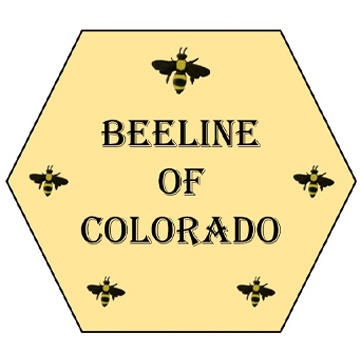
Beeline of Colorado
Contact Dwight Eby: www.BeelineOfColorado.com Available: Packages, Nucs, and Equipment
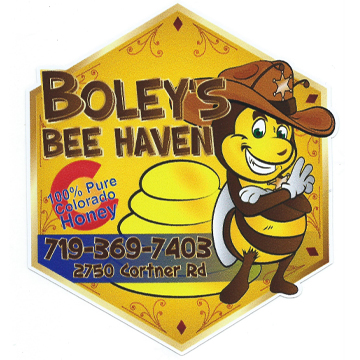
Boley's Bee Haven
Contact Vic Boley: 719-369-7403 Available: Nucs, Queens
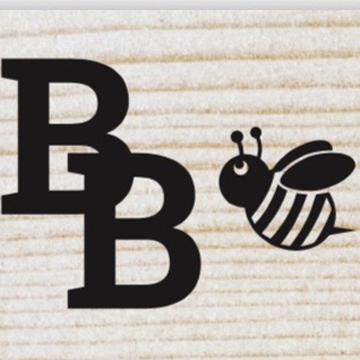
Burley Bees
Contact Don & Wendy Hall: www.BurleyBeesHoney.com Available: Packages, Nucs

Drubeez Honey
Contact Dru Spinuzzi: 719-250-3441 Available: Nucs, Queens
Swarm Scramble + Swarm List
Starting in January, members can sign up for the Swarm Scramble, which closes at the April Meeting.
At the April meeting, the Swarm Scramble (like a lottery) is performed--names are pulled out of a hat, and that's the order of the list for that year.
Names submitted AFTER the Swarm Scramble, will be added to the bottom of the Swarm List.
The Swarm List is carried over into the next member year. Whomever is no longer a member, their name gets removed from the list.
Don't be shy--add your name to the next Swarm Scramble ASAP--apply to the swarm list.
Beekeepers often see swarms as an opportunity to increase their apiary or to prevent the bees from establishing themselves in unwanted locations, such as inside buildings or trees where they may pose a risk to humans or property.
To catch a swarm, beekeepers typically:
Locate the Swarm: Swarms are usually found hanging from tree branches, fences, or other structures. They can be quite conspicuous due to their size and the large number of bees clustered together.
Prepare Equipment: Beekeepers prepare a hive box or a swarm trap to capture the bees. This may involve setting up bait hives with frames containing empty comb or a pheromone lure to attract the bees.
Capture the Swarm: Beekeepers gently shake or brush the bees into the hive box or swarm trap. It's essential to work calmly and carefully to avoid agitating the bees.
Transport and Relocation: Once the bees are captured, they are transported to a new location, typically to a beekeeper's apiary. Here, they are introduced to a new hive where they can establish themselves and continue their activities.
Swarm catching requires experience and skill to be done effectively and safely. It's essential to take precautions to protect both the beekeeper and the bees during the process. Additionally, beekeepers should be mindful of local regulations and obtain any necessary permits before relocating swarms.
A "trap out" in beekeeping refers to a method used to remove bees from a structure or location where they are unwanted, such as a building or a tree, without harming them. It involves setting up a one-way exit that allows bees to leave the area but prevents them from returning. Typically, this involves placing a device or cone over the entrance the bees are using to exit the hive. The bees are then encouraged to find a new home, often a nearby bait hive provided by the beekeeper. Once the majority of bees have left the original location and moved into the bait hive, the original hive can be safely removed or sealed off. This method is more time-consuming than other bee removal techniques, but it is generally considered more humane because it doesn't involve killing the bees.
Official PCBA Merchandise
We have NEW merchandise with
NEW designs on shirts and NEW fancy bags. We will be selling all PCBA merch at club meetings and events throughout the year.
PRICES:
Short Sleeve T-Shirts
SMALL MED LG – $23.00
XL 2XL – $26.00
Long Sleeve T-Shirts
SMALL MED LG – $26.00
XL 2XL – $28.00
MERCH:
Patches – $11.50
Hats – $24.00
Bags – $18.00
Coffee Mugs – SM – $13.00
Coffee Mugs – LG – $16.00
Our Amazing Sponsors:


